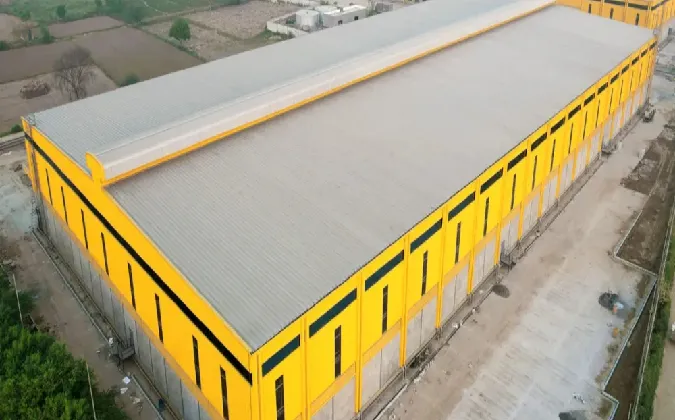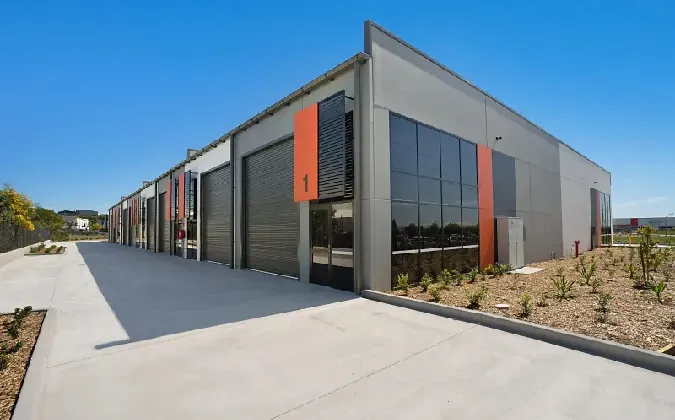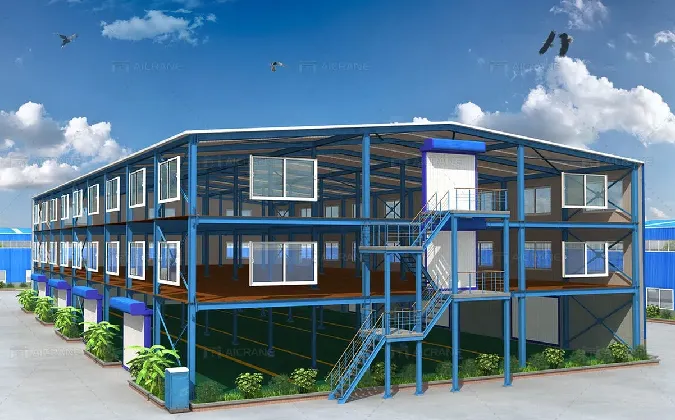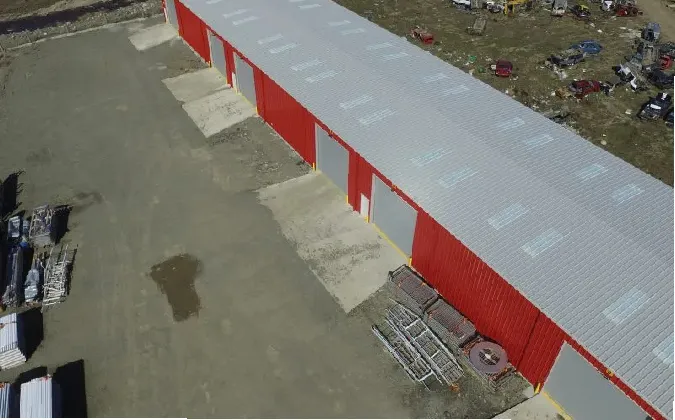- Afrikaans
- Albanian
- Amharic
- Arabic
- Armenian
- Azerbaijani
- Basque
- Belarusian
- Bengali
- Bosnian
- Bulgarian
- Catalan
- Cebuano
- Corsican
- Croatian
- Czech
- Danish
- Dutch
- English
- Esperanto
- Estonian
- Finnish
- French
- Frisian
- Galician
- Georgian
- German
- Greek
- Gujarati
- Haitian Creole
- hausa
- hawaiian
- Hebrew
- Hindi
- Miao
- Hungarian
- Icelandic
- igbo
- Indonesian
- irish
- Italian
- Japanese
- Javanese
- Kannada
- kazakh
- Khmer
- Rwandese
- Korean
- Kurdish
- Kyrgyz
- Lao
- Latin
- Latvian
- Lithuanian
- Luxembourgish
- Macedonian
- Malgashi
- Malay
- Malayalam
- Maltese
- Maori
- Marathi
- Mongolian
- Myanmar
- Nepali
- Norwegian
- Norwegian
- Occitan
- Pashto
- Persian
- Polish
- Portuguese
- Punjabi
- Romanian
- Russian
- Samoan
- Scottish Gaelic
- Serbian
- Sesotho
- Shona
- Sindhi
- Sinhala
- Slovak
- Slovenian
- Somali
- Spanish
- Sundanese
- Swahili
- Swedish
- Tagalog
- Tajik
- Tamil
- Tatar
- Telugu
- Thai
- Turkish
- Turkmen
- Ukrainian
- Urdu
- Uighur
- Uzbek
- Vietnamese
- Welsh
- Bantu
- Yiddish
- Yoruba
- Zulu
Aug . 21, 2024 19:03 Back to list
The Importance of Warehouse Building Use in Modern Logistics
In today's global economy, the role of warehouses cannot be overstated. Warehouse buildings serve as crucial nodes within the supply chain, facilitating the efficient storage and distribution of goods. As e-commerce continues to flourish and customer expectations increase, the effective use of warehouse space has become more important than ever.
The Evolution of Warehouse Design
Traditionally, warehouses were simple structures designed primarily for storage. Today, they have evolved into sophisticated facilities that integrate various functions, including inventory management, order fulfillment, and even light manufacturing. Modern warehouses are often equipped with advanced technologies such as automated storage and retrieval systems, robotics, and data analytics tools that enhance efficiency and accuracy in operations.
The design of warehouse buildings has also undergone significant changes. Open floor plans, high ceilings, and modular shelving systems optimize space utilization, allowing businesses to store a greater volume of goods. Additionally, energy-efficient designs and sustainable building materials are becoming prevalent, reducing the environmental impact of warehousing operations.
Optimizing Warehouse Operations
Effective warehouse building use is not just about physical space; it involves optimizing workflows and processes. This can include strategies like employing just-in-time inventory management or implementing cross-docking practices to minimize storage time. Advanced warehouse management systems (WMS) play a vital role in this optimization, enabling real-time inventory tracking, improving order accuracy, and facilitating quicker response times to customer demands.
Furthermore, the layout of a warehouse greatly impacts its efficiency. Strategic placement of high-demand items near shipping areas can reduce picking times, while clear signage and organized pathways can enhance safety and productivity. Training staff to navigate these spaces effectively is also crucial, as a well-trained workforce can significantly boost operational efficiency.
warehouse building use

The Role of Technology
Technology is redefining how warehouses are utilized. The integration of the Internet of Things (IoT) allows for real-time monitoring of inventory levels and equipment, while artificial intelligence (AI) can predict demand trends and optimize storage solutions. Robotics and automation are increasingly becoming common within warehouses, assisting in tasks such as picking and sorting, thus reducing labor costs and minimizing human error.
Moreover, data analytics provides insights into operational performance, enabling warehouse managers to make informed decisions regarding space allocation, resource management, and process improvements. By harnessing these technologies, companies can optimize their warehouse building use to meet the demands of an ever-changing marketplace.
The Future of Warehouse Buildings
As consumer behavior shifts towards online shopping and rapid delivery, the future of warehouse building use will likely emphasize flexibility and scalability. Businesses may require smaller, strategically located warehouses to facilitate quicker delivery times across urban areas. This trend could lead to the rise of micro-fulfillment centers—smaller warehouses integrated within city limits designed to serve local markets efficiently.
Additionally, with the growing emphasis on sustainability, future warehouse designs may prioritize eco-friendly features such as solar panels, green roofs, and rainwater harvesting systems. As the logistics industry seeks to reduce its carbon footprint, environmentally conscious warehouse buildings will become a key component of business strategy.
Conclusion
In conclusion, the effective use of warehouse buildings plays a pivotal role in modern logistics. As the landscape of commerce continues to evolve, businesses must adapt their warehouse strategies to optimize operations, incorporate advanced technologies, and incorporate sustainable practices. Successfully navigating these challenges will be essential for maintaining a competitive edge in the increasingly complex global supply chain.
-
Steel Frame Factory with Insulated Roof Panels
NewsAug.14,2025
-
Prefab Metal Building with Insulation Package Options
NewsAug.14,2025
-
Industrial Steel Sheds for Temporary Workshop Use
NewsAug.14,2025
-
Metal Workshops Featuring Corrugated Steel Roofs
NewsAug.14,2025
-
Modular Steel Frame Excellence: Our Pursuit of Perfection
NewsAug.14,2025
-
Metal Garage Kits Crafted with Customer Satisfaction at Heart
NewsAug.14,2025
Products categories
Our Latest News
We have a professional design team and an excellent production and construction team.












